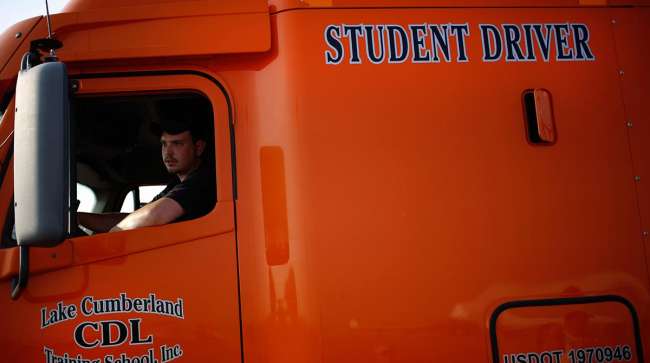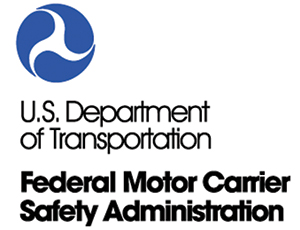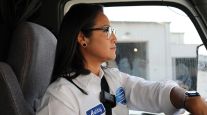Staff Reporter
FMCSA Grants Aim to Improve Safety, Streamline CDL Process

The Federal Motor Carrier Safety Administration’s recent series of state-level grants will not only improve driver safety, but will also expedite the process of obtaining a commercial driver license, according to Tom Keane, director of the agency’s Office of Safety Programs.
FMCSA unevenly divided $30.7 million in Commercial Driver License Program Implementation grants across 43 recipients Sept. 26. This grant program gives funding to states and other organizations to improve compliance with FMCSA regulations concerning CDL standards. According to Keane, compliance projects range from hiring data entry analysts and test examiners to monitoring of third-party testers and upgrading IT systems.
Keane said compliance at the state level will make the licensing system run more smoothly across the trucking industry, which was short 48,000 drivers in 2015, according to the American Transportation Research Institute.
“Obviously, the main focus is safety. A lot of these projects streamline the processes,” Keane said. “They not only yield safety benefits, but efficiency improvements, which indirectly benefits the drivers who apply for CDLs and are trying get jobs. It removes, to some degree, those barriers to getting your license and being able to work.”

According to FMCSA’s list of grant summaries, the recipients are directed to comply with Parts 383 and 384 of Title 49 of the Code of Federal Regulations, which Keane described as the “bread and butter safety-related parts of the regulations.” Part 383 encompasses CDL standards, requirements and penalties, such as disciplinary actions for drivers who operate under the influence of alcohol. Part 384 deals with state requirements for the CDL program, including regulations for both the written and skills-based portions of the CDL test.
FMCSA’s CDL grant program is more than a decade old. CDL compliance has improved as regulations have evolved, according to Keane.
“With the maturation of the CDL regulations, it’s all trended in a manner that’s resulted in a much more uniform process, much higher compliance of states with the Part 383 and 384 regulations,” Keane said. “That’s partially due to this grant program.” Twenty-nine states are represented in the recent spate of grants, as well as two state universities and four nonprofit organizations. A few recipients received more than one grant to address different projects, Keane explained.
The New York State Department of Motor Vehicles received more than $1.5 million, one of the largest sums awarded to an individual state. According to agency spokesman Peter Bucci, New York State DMV will use the grant to develop a system to electronically notify commercial drivers of their driver license status, including their medical certification status. Additionally, the grant will be used to help administer the CDL skills-testing program and fund federally-mandated training, certification and re-certification of Motor Vehicle License Examiners.
One nonprofit awardee is the National Center for State Courts, an organization that offers educational materials to courts across the country. NCSC received more than $1.4 million in CDLPI grant money. The organization’s projects include both research and educational outreach efforts, according to F. Dale Kasparek, Jr., principal court management consultant at NCSC.
NCSC will use part of its grant money to continue its “speakers bureau,” a service in which the organization partners with the National Judicial College and the National District Attorneys Association’s National Traffic Law Center to bring knowledgeable faculty to speak at judges’ conferences throughout states. NCSC also will cover the cost of developing the curricula for state judicial educators who meet with CDL experts to design hours-long courses.
“Twenty-five thousand state judges could preside over a case that involves commercial drivers,” Kasparek said. “We really need to be more proactive to try to get this information to 25,000 judges.”
Kasparek said that gaps in statewide CDL compliance are often because of a lack of resources. He said that state courts and state driver’s license agencies frequently have different priorities.
“You have limited resources, you have multiple priorities. We have not found it to be a matter of defiance of courts or state driver’s license agencies,” Kasparek said. “We have found it more to be a matter of resources, prioritization and, sometimes, stakeholder cooperation.”




